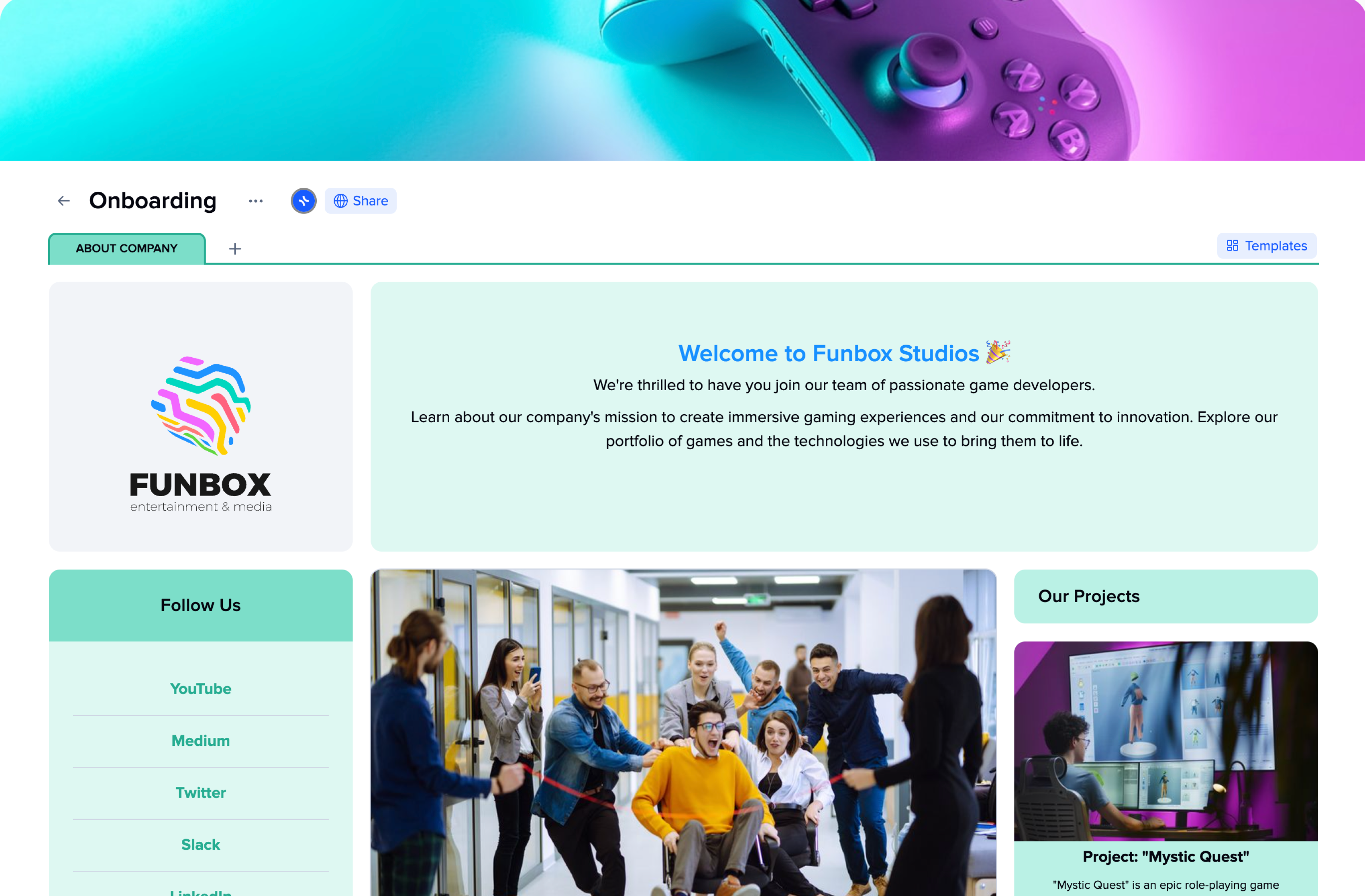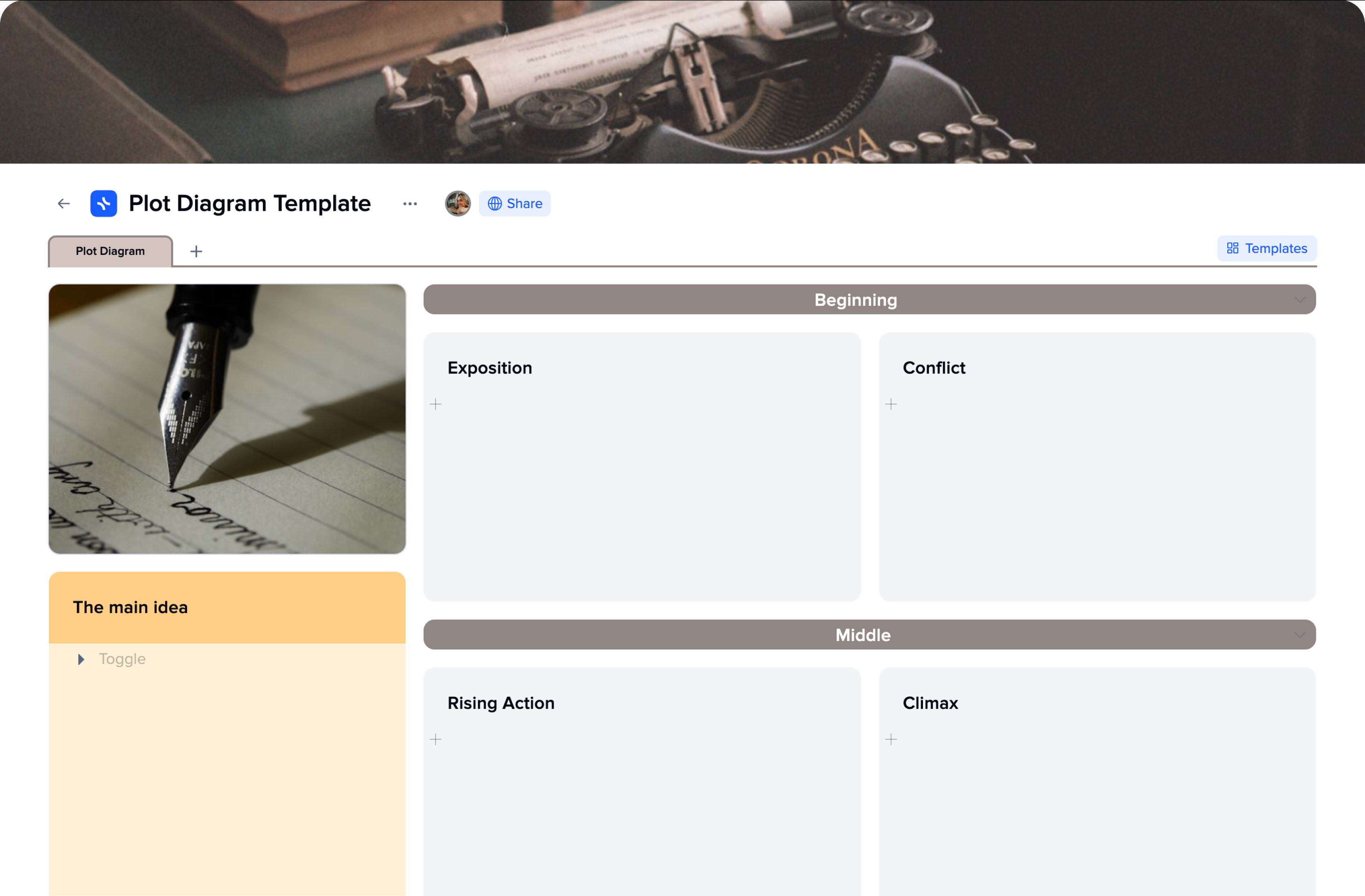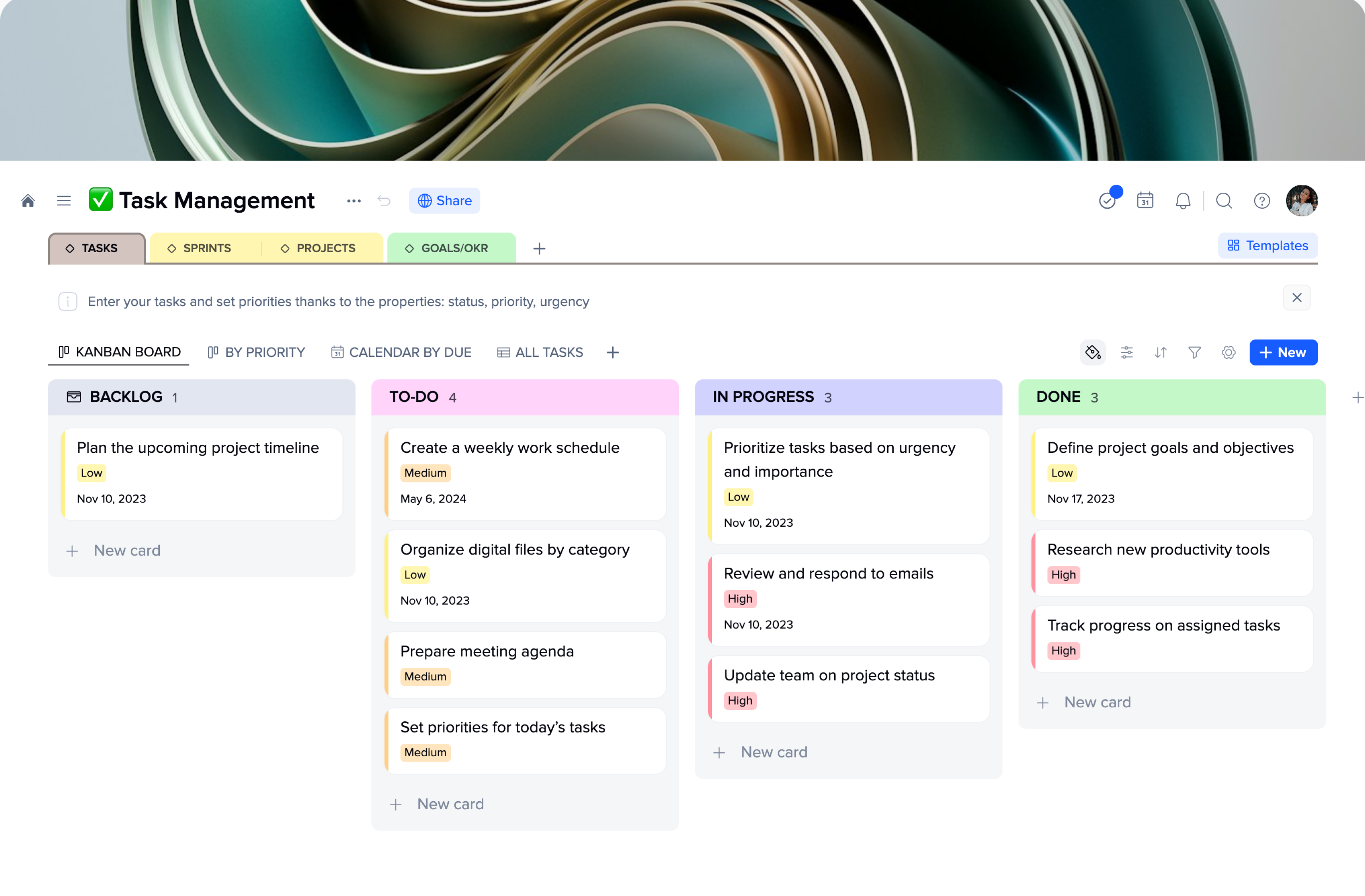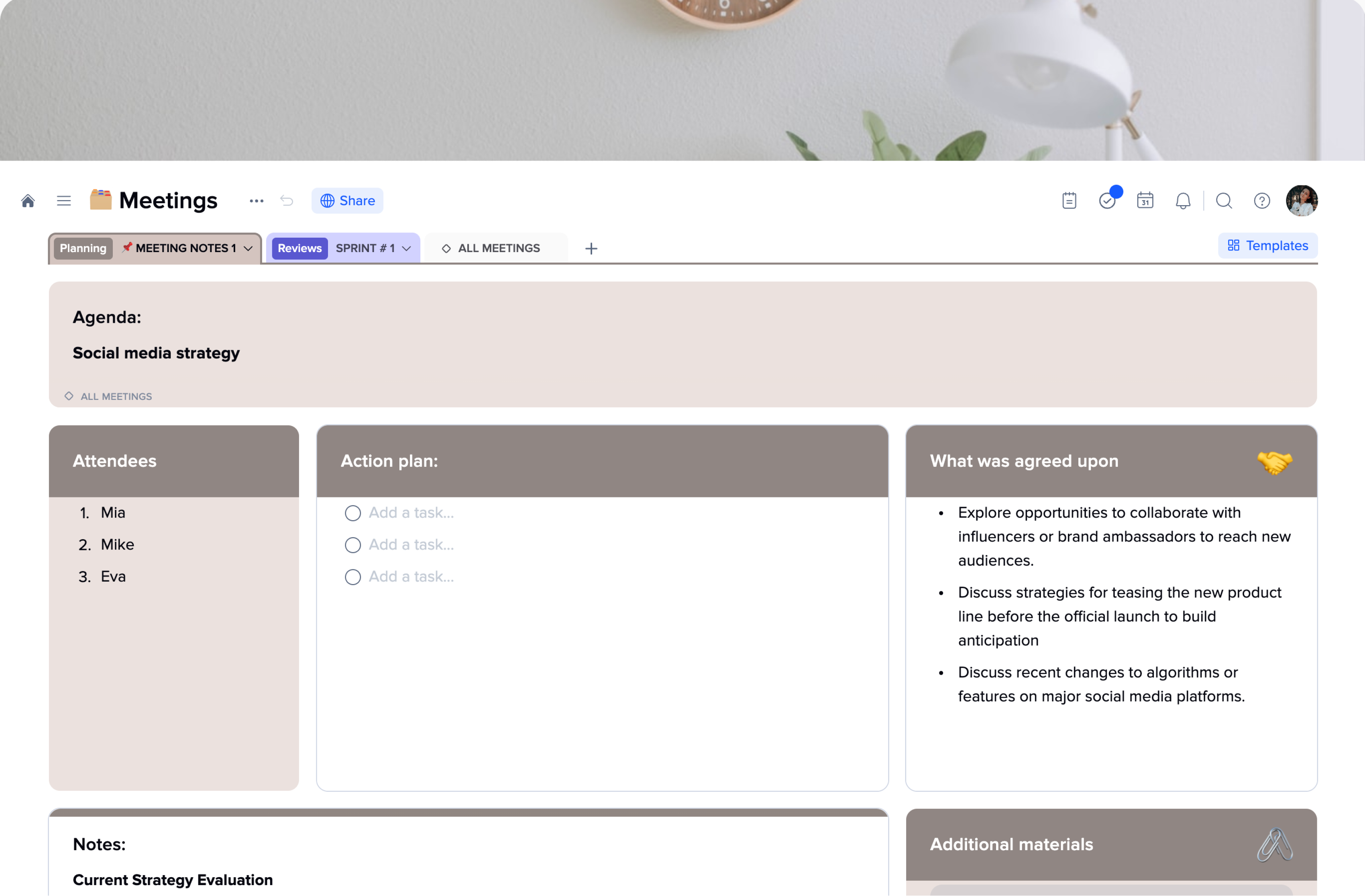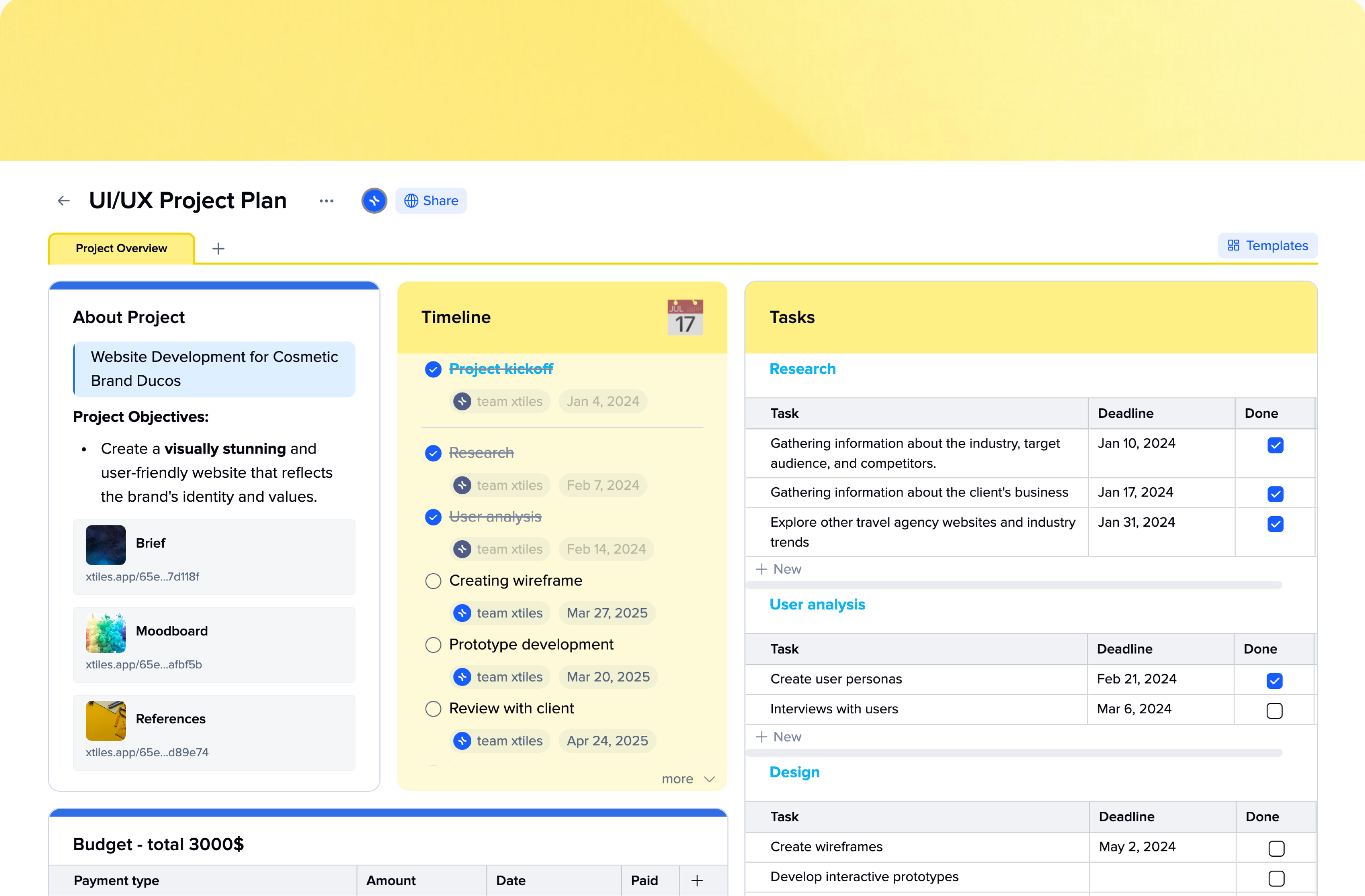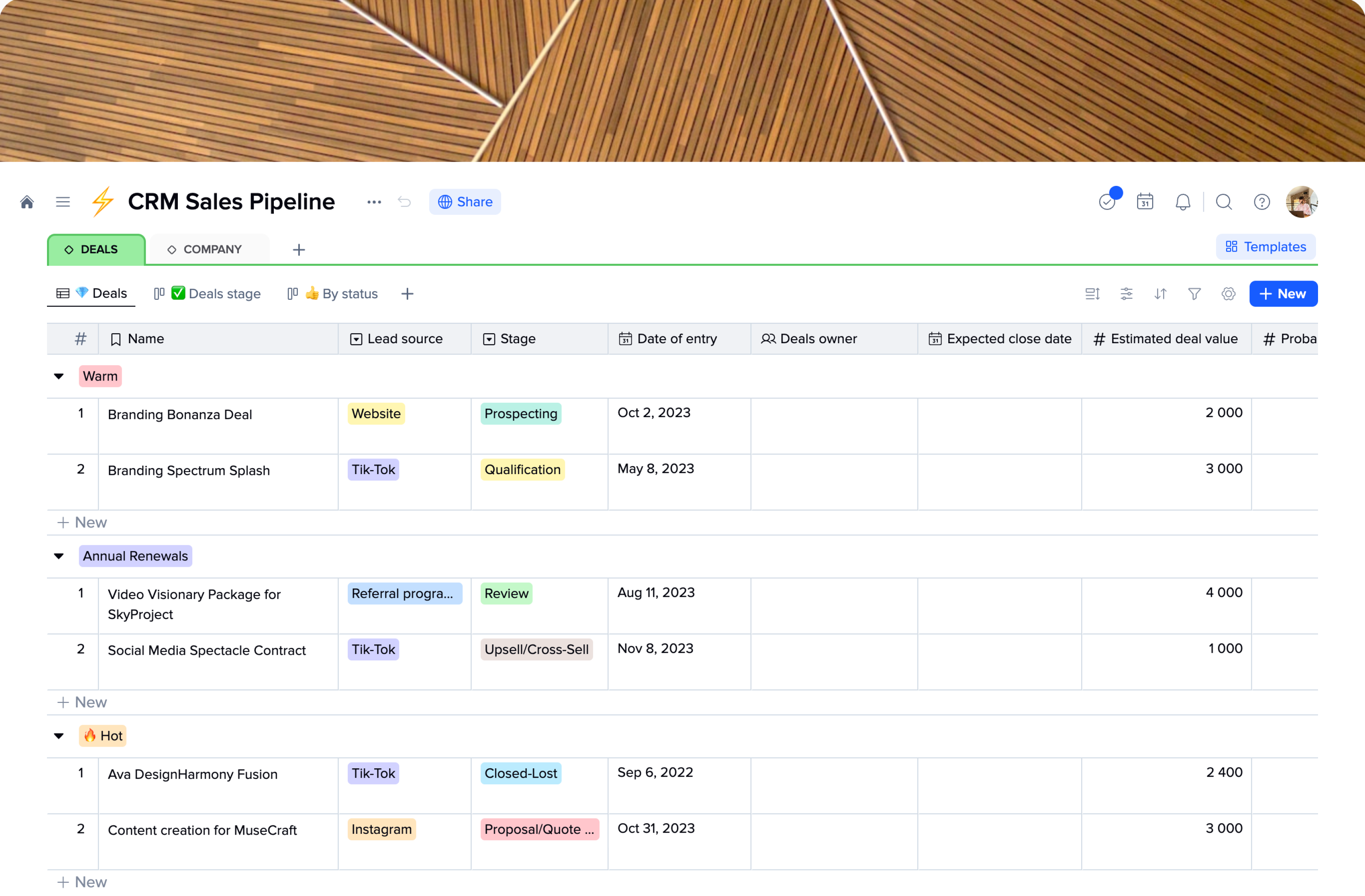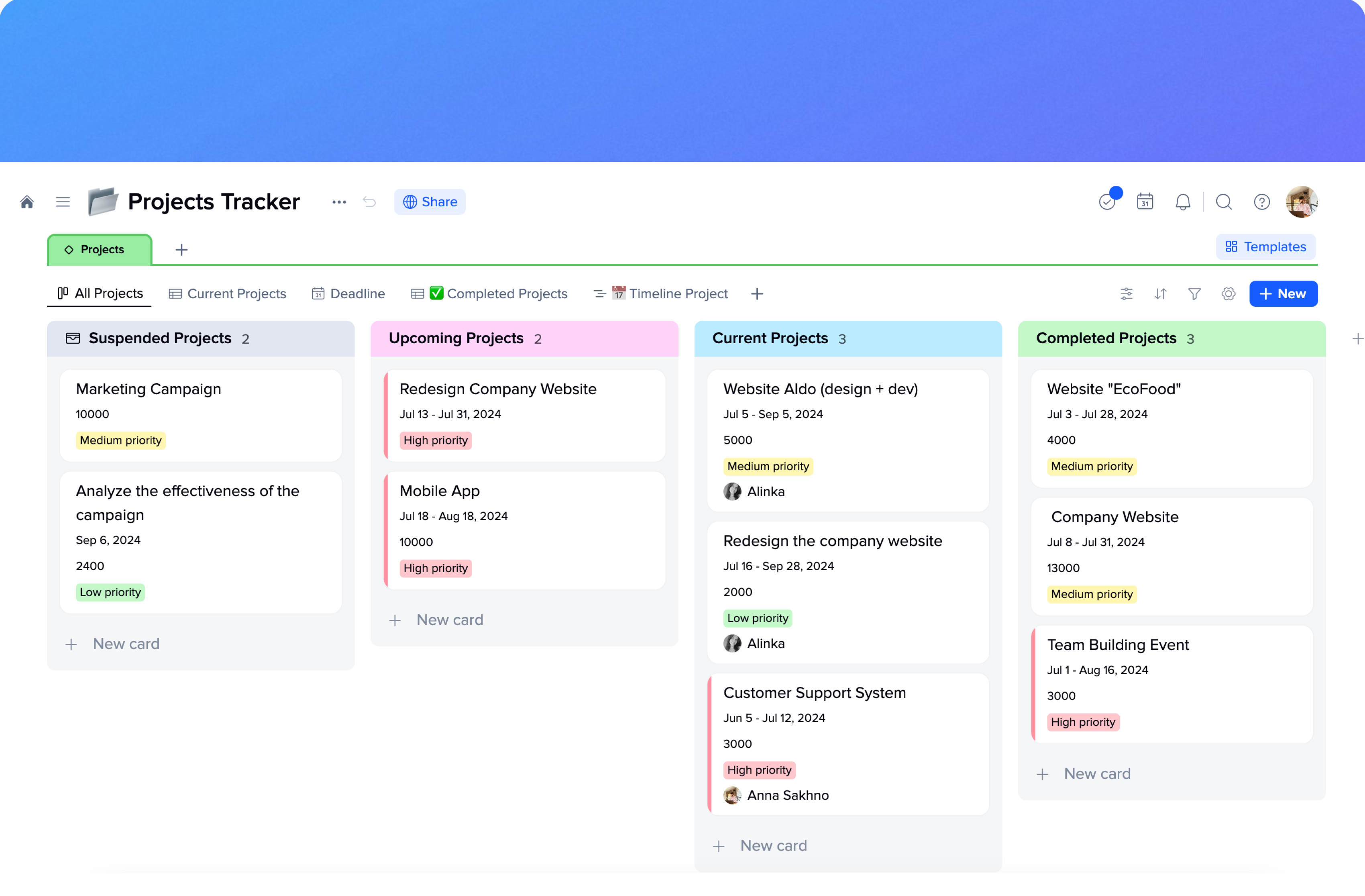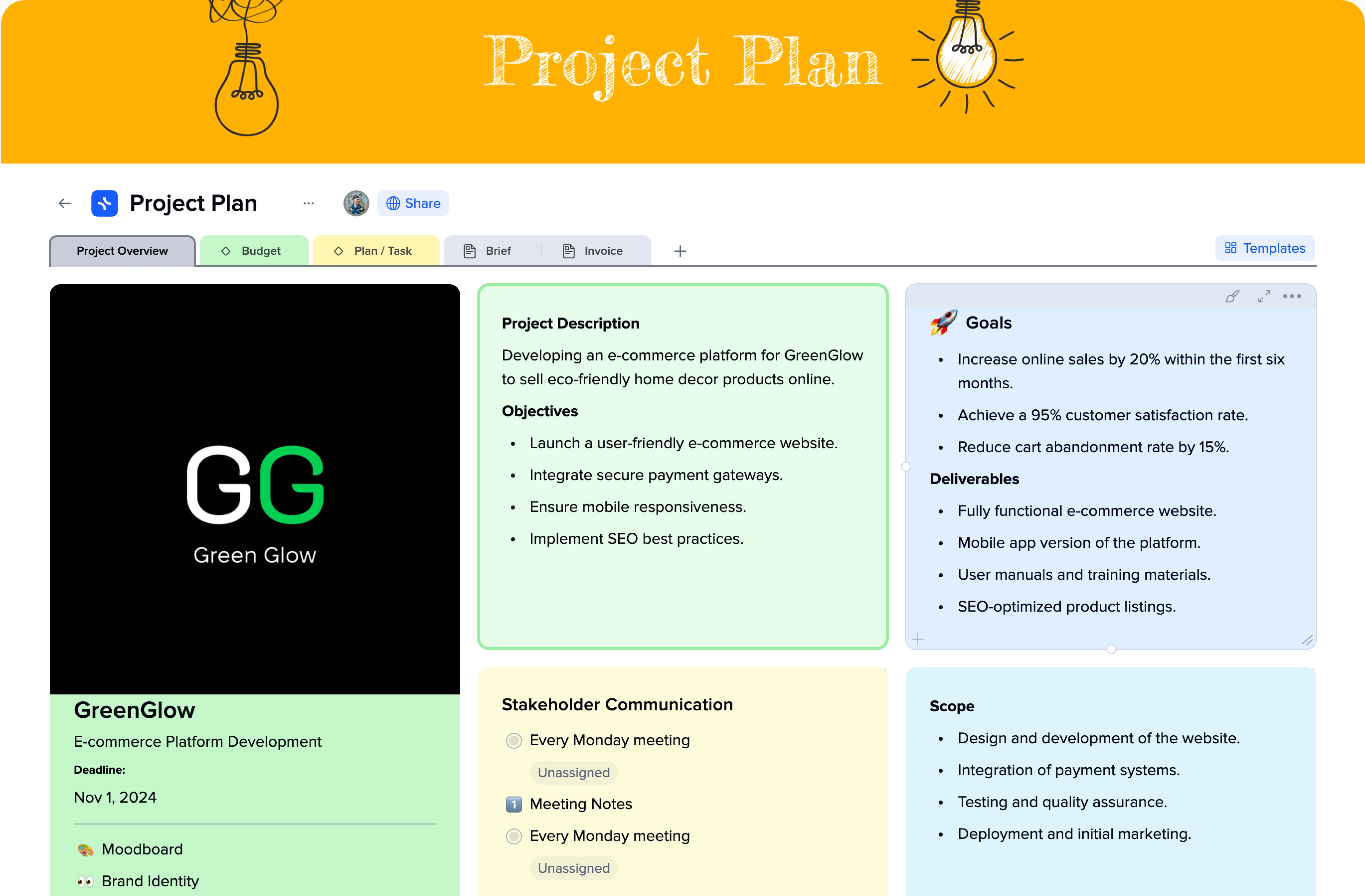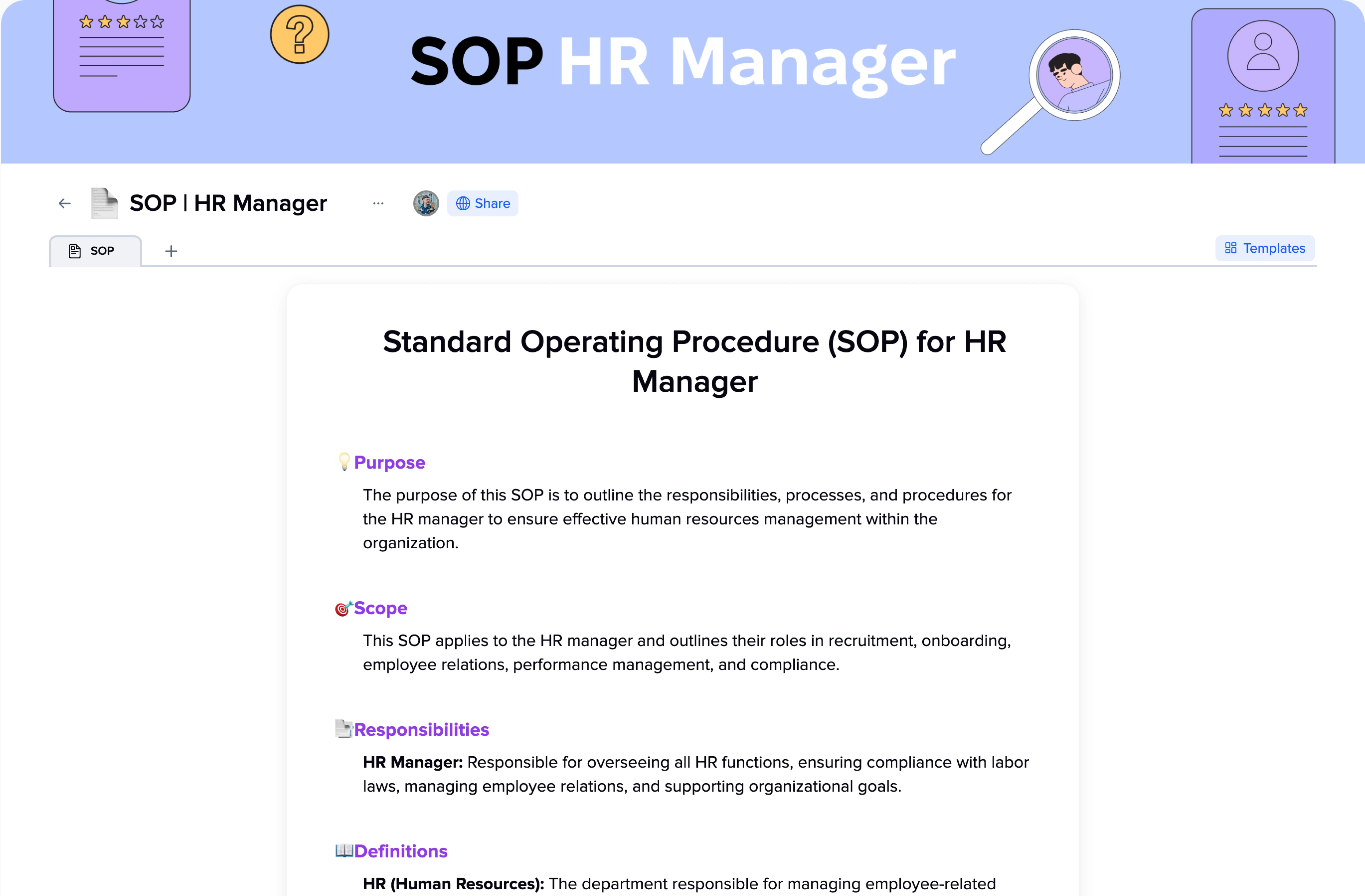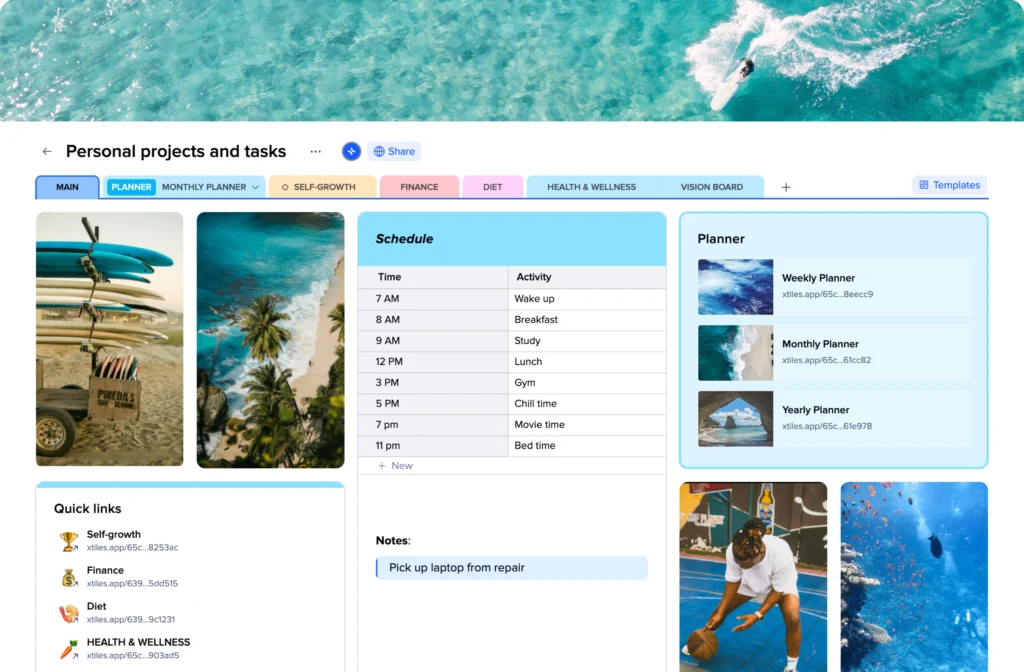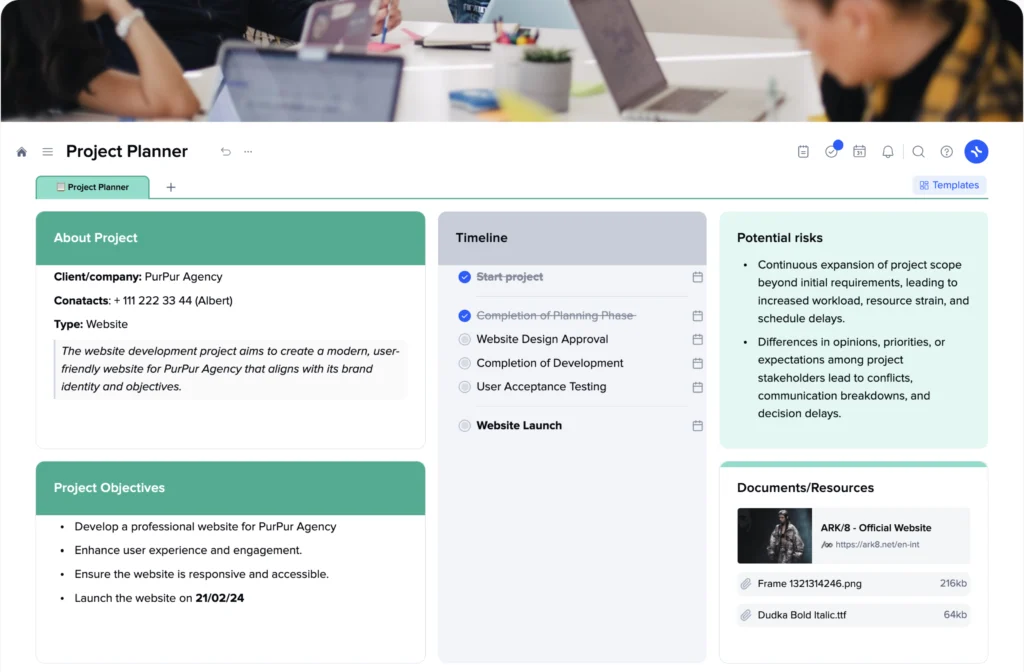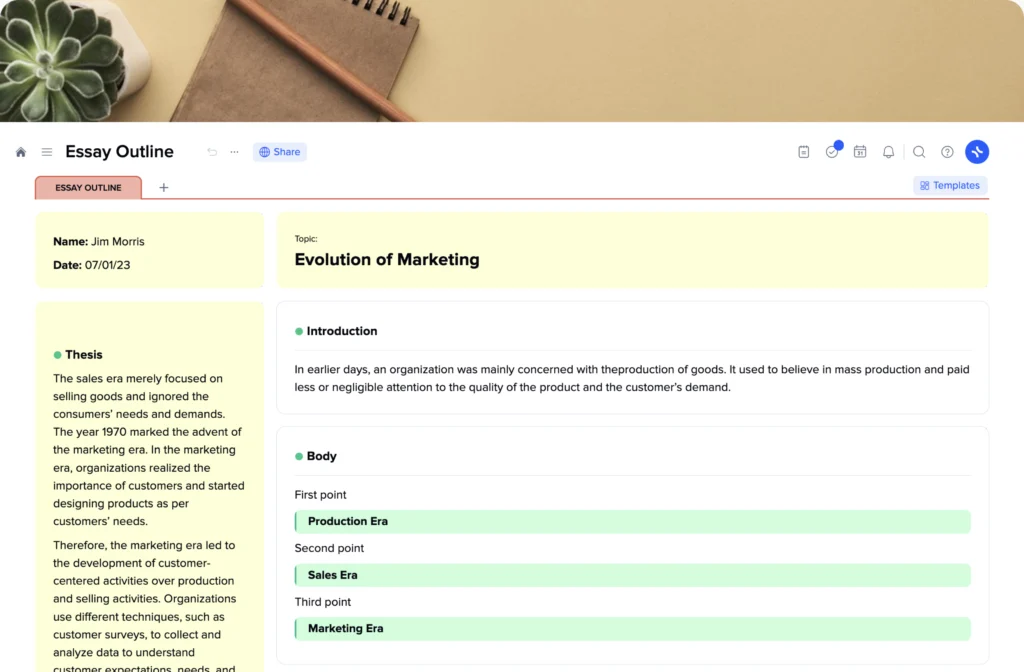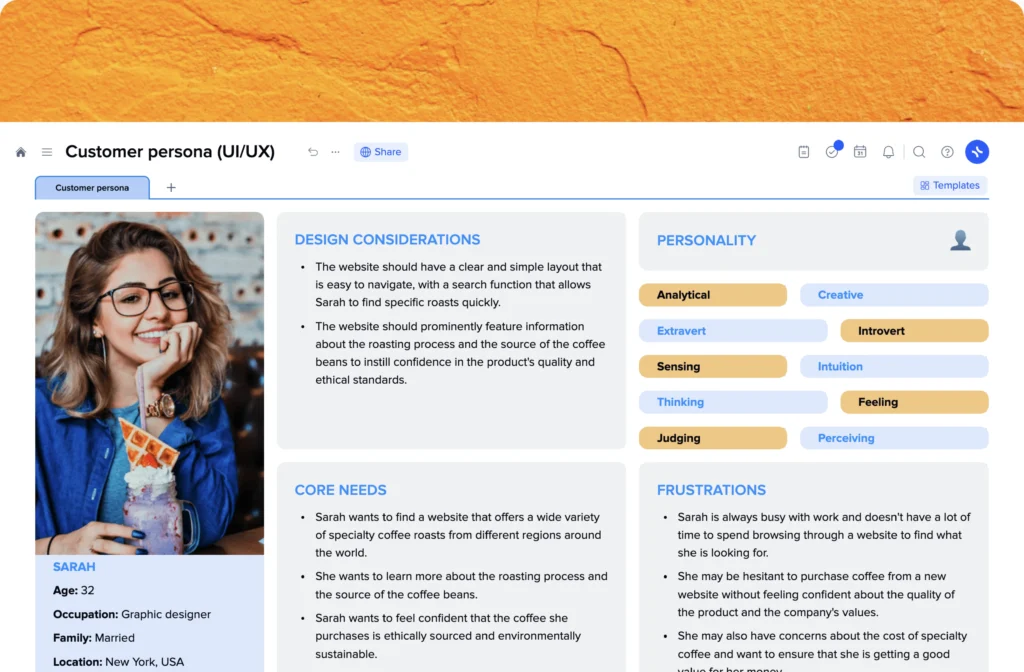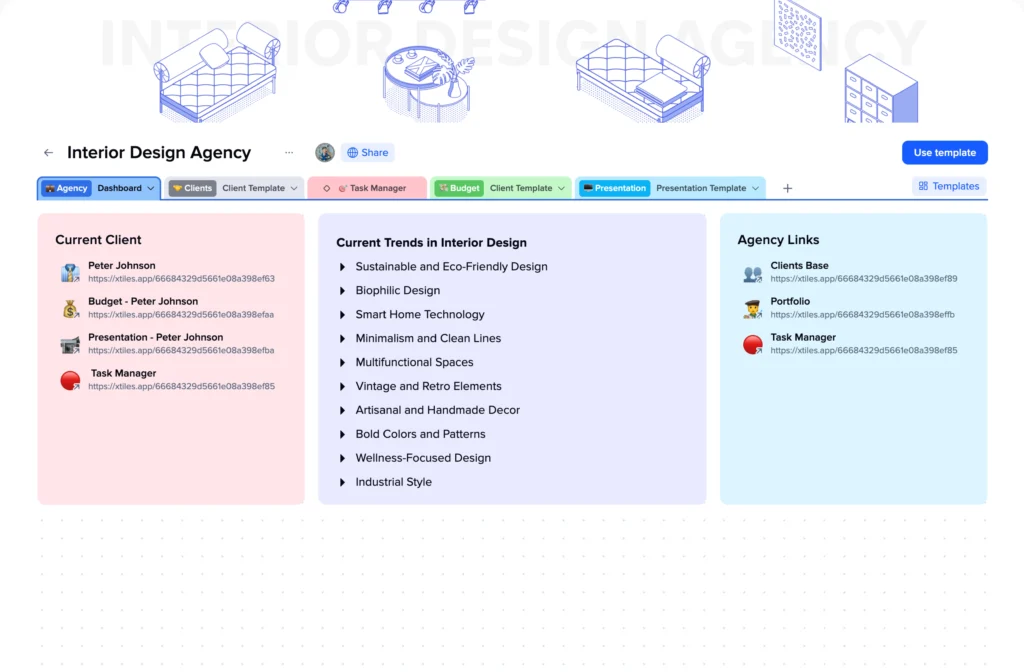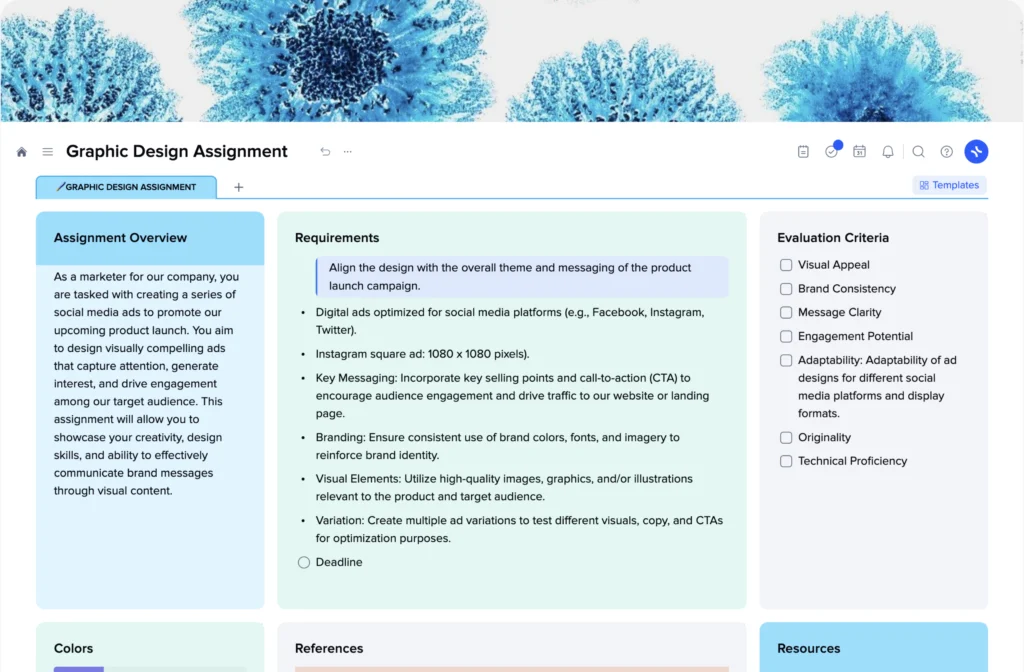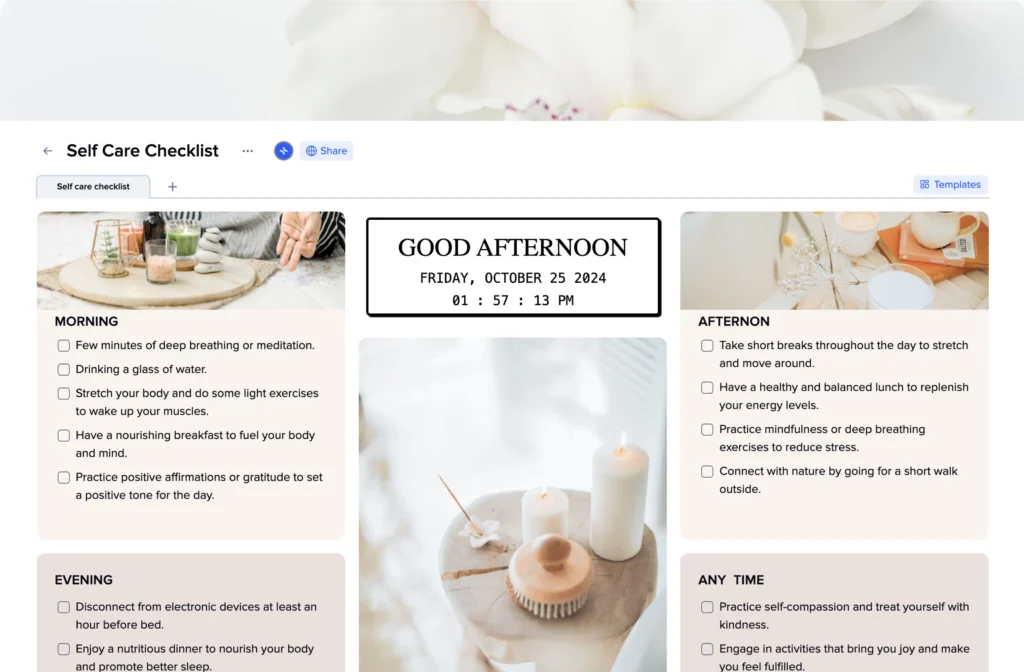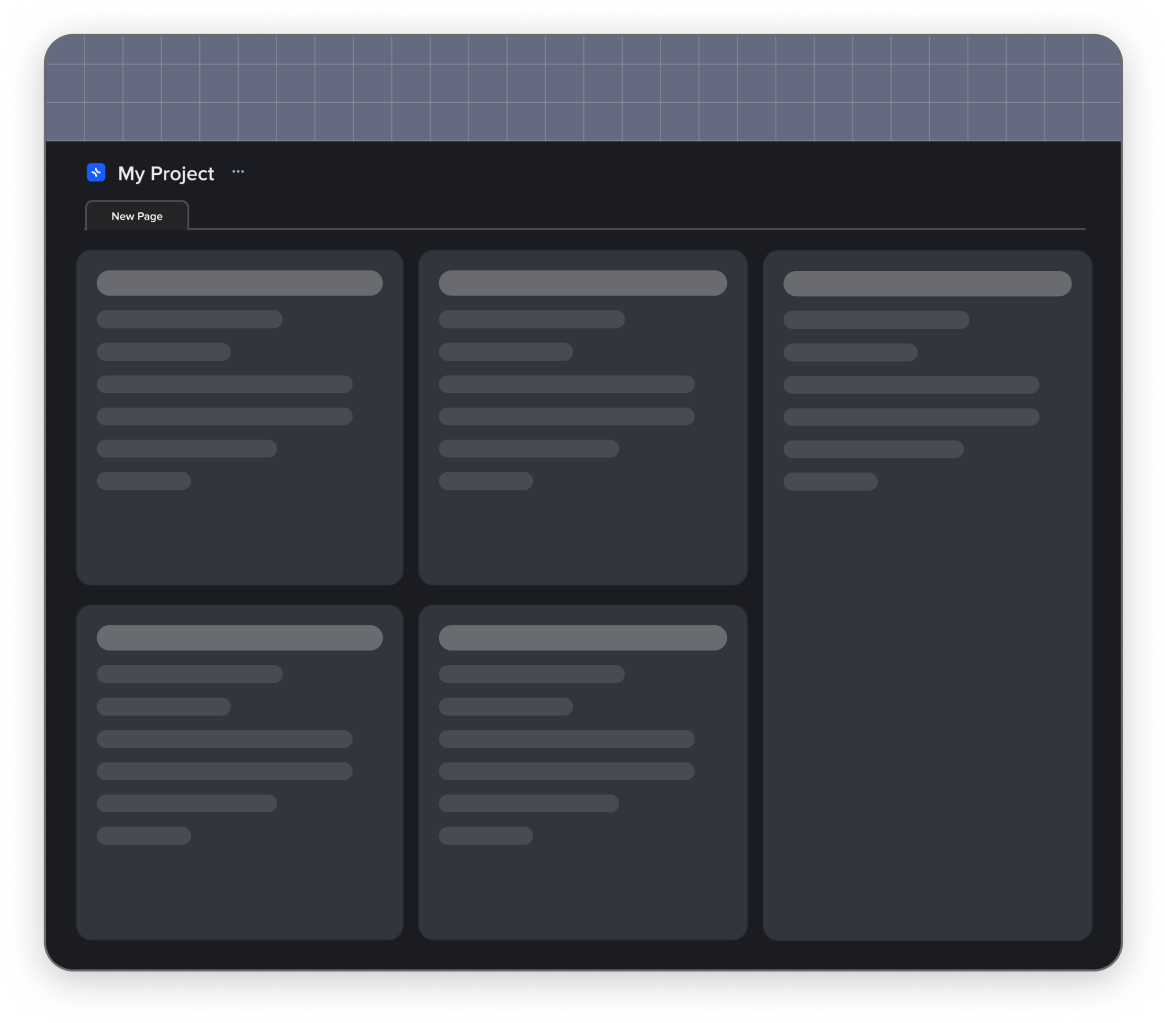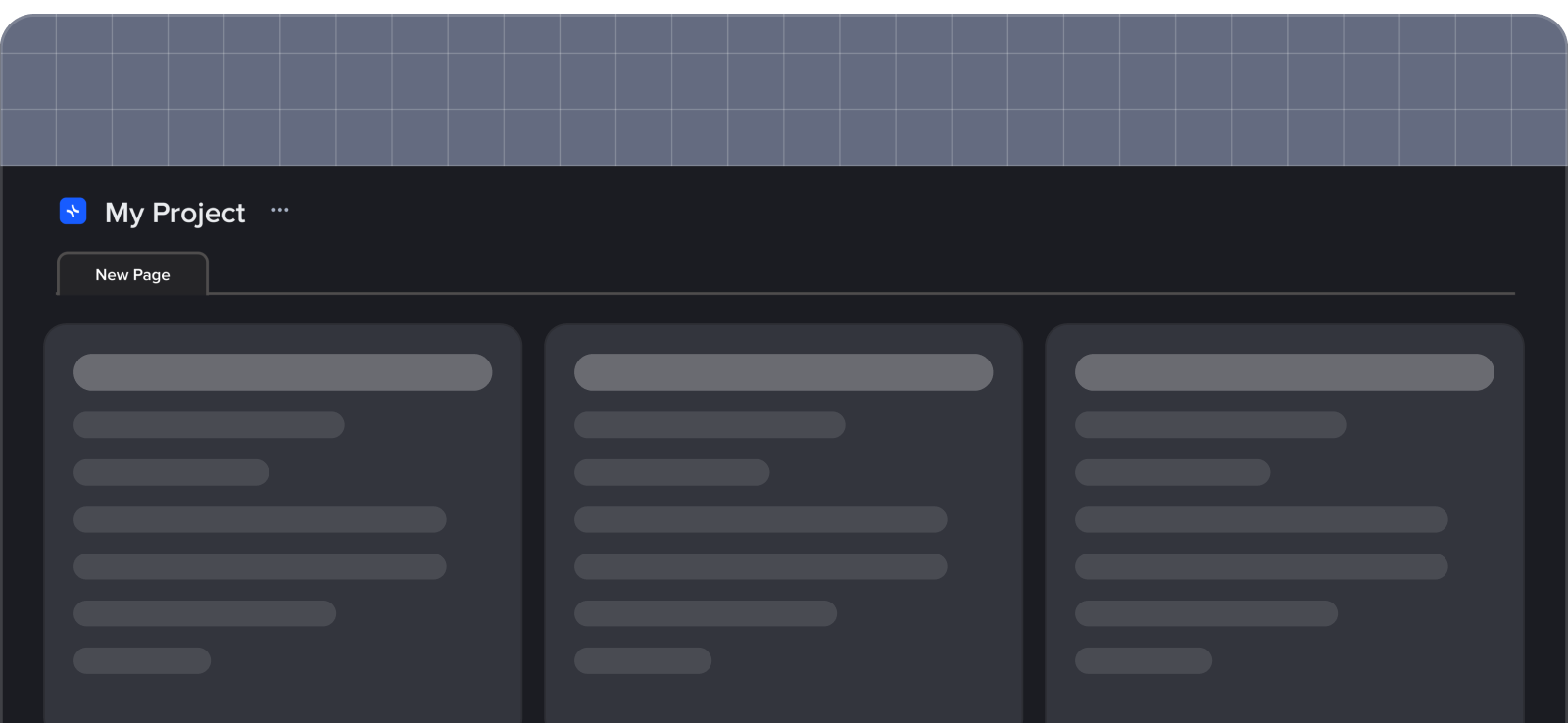Onboarding Template
Do you remember your first day at work? How did that feel? Were you anxious or relaxed? Probably, the first. Few people wouldn’t feel tension during such important moments. That’s why we need onboarding.
Onboarding ensures smooth integration into new teams and organizations for new hires. Companies, in turn, get a new employee that understands and shares company culture, goals, and style of work.
Even though onboarding is necessary, many companies and organizations still struggle with establishing the process and making it as easy for new hires as possible, which might lead to losing valuable employees at the early stages of their employment.
An onboarding template is what makes everything easier for the people responsible for building the process. The xTiles Onboarding Template serves as a basic structure to provide people with the main information for new employees. It helps you gather all the helpful data, resources, and links to help people become part of the company.
What does “Onboarding” mean?
New employee onboarding is the process of acquainting new employees with an organization’s expectations, behaviors, and culture. A successful onboarding not only enhances the new hire experience but also establishes the foundation for loyalty, leading to positive outcomes for the company’s bottom line. And strong employee loyalty, in its turn, increases the likelihood of long-term commitment and engagement.
However, the impact of employee onboarding goes far beyond these immediate benefits. Its influence extends throughout the entire employee journey, beginning even before Day 1 and continuing until their last experience with the company. In essence, onboarding encompasses the entire employee’s lifecycle within the organization.
Effective onboarding starts prior to an employee’s first day, involving activities such as pre-boarding communication, paperwork completion, and setting expectations. This early stage sets the tone for the employee’s experience and prepares them for a seamless transition into their role.
Once the employee joins the company, onboarding continues with comprehensive orientation programs, training initiatives, and introductions to colleagues and organizational practices. These activities aim to facilitate smooth integration, foster a sense of belonging, and equip the employee with the necessary knowledge and resources to thrive.
However, onboarding doesn’t conclude after the initial period. It extends into ongoing support, feedback, and development opportunities throughout the employee’s tenure. Continuous onboarding efforts ensure that employees remain engaged, motivated, and aligned with the company’s objectives, nurturing their professional growth and commitment.
By viewing onboarding as a comprehensive process that spans the entire employee journey, organizations can cultivate an environment of continuous learning, development, and engagement. This holistic approach to onboarding creates a solid foundation for a successful and enduring employee experience, leading to enhanced productivity, higher retention rates, and ultimately, a positive impact on the company’s overall performance.
In summary, onboarding encompasses more than just the initial introduction of new employees to the organization. It encompasses the entire employee journey, from pre-boarding to offboarding. By recognizing this comprehensive scope and implementing effective onboarding strategies, organizations can create a supportive and engaging environment that fosters employee loyalty, growth, and long-term success.
How has onboarding changed during the pandemic?
The onset of the pandemic necessitated significant changes in the way onboarding is conducted. Organizations were compelled to adapt and pivot in order to maintain some semblance of continuity amidst the chaos.
The onboarding landscape is no longer the same as it was before the COVID-19 era. The current circumstances demand that companies discard the traditional rule book and reimagine what effective onboarding should look like. Now, more than ever, there is a pressing need for a shift in employee onboarding and employee experience to ensure their effectiveness in this new reality.
The pandemic has brought forth numerous challenges and considerations that must be addressed in the onboarding process. Remote work setups, virtual interactions, and distributed teams have become the norm. As a result, companies have to modernize their traditional onboarding processes to accommodate these changes.
Virtual onboarding platforms, tools for video conferencing, and various digital resources have become inevitable for the success of this new onboarding. They enable remote interactions, virtual training sessions, and the seamless sharing of information and resources.
Why do both parties need onboarding?
The purpose of onboarding employees goes beyond a mere introduction to the organization. It encompasses a series of well-planned events and milestones designed to ensure a smooth transition and integration for new hires.
The onboarding facilitates and harnesses the employees’ understanding of the company, familiarizes them with their new colleagues, and clarifies their specific roles and responsibilities.
In contrast to employee orientation, which is typically a one-time event, onboarding is a comprehensive process that unfolds over weeks or even months. While orientation may cover essential company information such as security badges and employee handbooks, onboarding extends from the moment an employee signs their contract and continues for an extended period. Its aim is to equip new hires with the necessary skills and knowledge to excel in their new position.
The responsibility for conducting onboarding often falls upon human resources or the learning and development team. A well-defined and organized onboarding process is crucial in fostering a sense of confidence and competence among new employees, enabling them to navigate their roles effectively and feel a sense of belonging within the company.
The fact that an unorganized and flawed onboarding process can have a devastating effect on your business isn’t surprising. New hires who don’t have a positive experience with their onboarding are likely to seek new job opportunities where everything is straightforward and clear. This way, you waste resources on finding and teaching new people without any profit.
Clearly, onboarding holds significant importance. The decisions you make while constructing your onboarding process have far-reaching implications for employee retention, learning, performance, and ultimately, the financial health of your company.
Effective onboarding directly impacts employee retention by establishing a solid foundation for their long-term commitment. A well-designed onboarding program creates a sense of engagement, purpose, and belonging among new hires, reducing the likelihood of early departures and costly turnover. By investing in a comprehensive onboarding process that nurtures employee satisfaction and loyalty, you can mitigate the financial strain associated with frequent employee replacements.
Additionally, the onboarding process is crucial for fostering employee learning and development. It helps new hires acquire new skills and knowledge and set the available ones according to their new role. It also helps people accelerate integration into their roles, allowing them to contribute effectively and reach optimal productivity faster.

